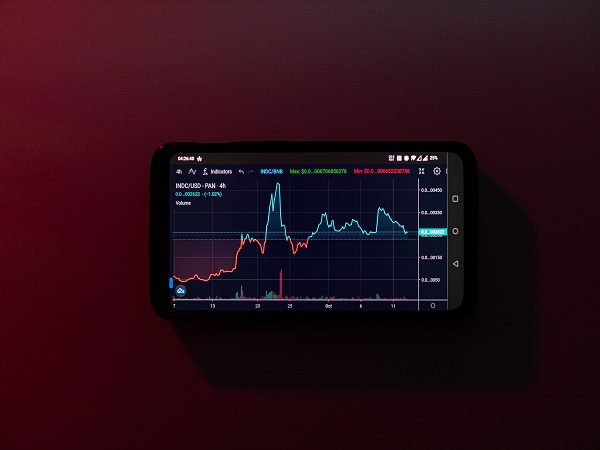Introduction:
In the wake of the global shift towards remote work, the need for robust security measures has never been more apparent. As companies increasingly embrace the flexibility of remote access, concerns about the vulnerability of sensitive data and information have escalated. This is where blockchain technology emerges as a game-changer, providing an innovative solution to enhance remote authentication and fortify cybersecurity measures.
The Work-from-Home Trend:
The work-from-home trend has become an integral part of the modern professional landscape. However, with this newfound flexibility comes the pressing challenge of ensuring secure access to sensitive corporate networks. Traditional authentication methods are proving inadequate in the face of evolving cyber threats, making it imperative for organizations to explore advanced technologies like blockchain.
Understanding Blockchain Technology:
At its core, blockchain is a decentralized and distributed ledger technology that offers unprecedented security and transparency. Originally developed for cryptocurrencies, its application has expanded to various industries, including cybersecurity. In the context of remote authentication, blockchain acts as an immutable and tamper-proof database that records every access attempt and authorization, creating a secure and transparent digital trail.
Enhancing Security through Decentralization:
One of the key features of blockchain is its decentralized nature. Unlike traditional authentication methods that rely on a centralized authority, blockchain distributes authentication across a network of nodes. This decentralization minimizes the risk of a single point of failure and significantly strengthens the security of remote access systems.
Immutable Digital Identities:
Blockchain introduces the concept of immutable digital identities, which enhances the security of user authentication. Each user is assigned a unique cryptographic key that is stored on the blockchain. This key serves as a digital identity and is virtually impervious to unauthorized alterations. As a result, the risk of identity theft and unauthorized access is substantially reduced, providing a robust layer of protection for remote workers.
Smart Contracts for Access Control:
Smart contracts, another hallmark of blockchain technology, can be leveraged to automate access control mechanisms. These self-executing contracts define the conditions under which access is granted or denied, based on predefined rules. By implementing smart contracts in the remote authentication process, organizations can establish granular access controls, ensuring that each user has precisely the permissions they need, and nothing more.
Transparency and Auditability:
Blockchain’s inherent transparency ensures that every transaction and access attempt is recorded in a decentralized ledger. This creates an audit trail that can be easily verified, promoting transparency and accountability in remote authentication processes. In the event of a security incident or breach, this immutable record becomes a valuable tool for forensic analysis, aiding in the identification of the source and nature of the attack.
Interoperability and Integration:
Blockchain technology is highly adaptable and can seamlessly integrate with existing authentication systems. This interoperability is crucial for organizations transitioning to blockchain-based remote authentication, as it allows for a smooth migration without disrupting daily operations. The ability to integrate blockchain with existing security infrastructure ensures a phased and practical approach to enhancing remote access security.
Challenges and Considerations:
While the benefits of blockchain in remote authentication are evident, it’s essential to acknowledge potential challenges. Scalability, energy consumption, and regulatory considerations are among the factors that organizations must carefully address when implementing blockchain-based solutions. Striking a balance between security and practicality is key to successful adoption.
Conclusion:
Where remote access is the norm, securing sensitive data and information is paramount. Blockchain technology emerges as a beacon of innovation, offering decentralized, transparent, and tamper-proof solutions to enhance remote authentication. As organizations grapple with the evolving landscape of cybersecurity, embracing blockchain can be the decisive step towards fortifying defenses and ensuring a secure future for remote work.



































